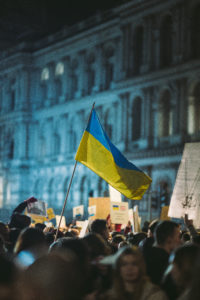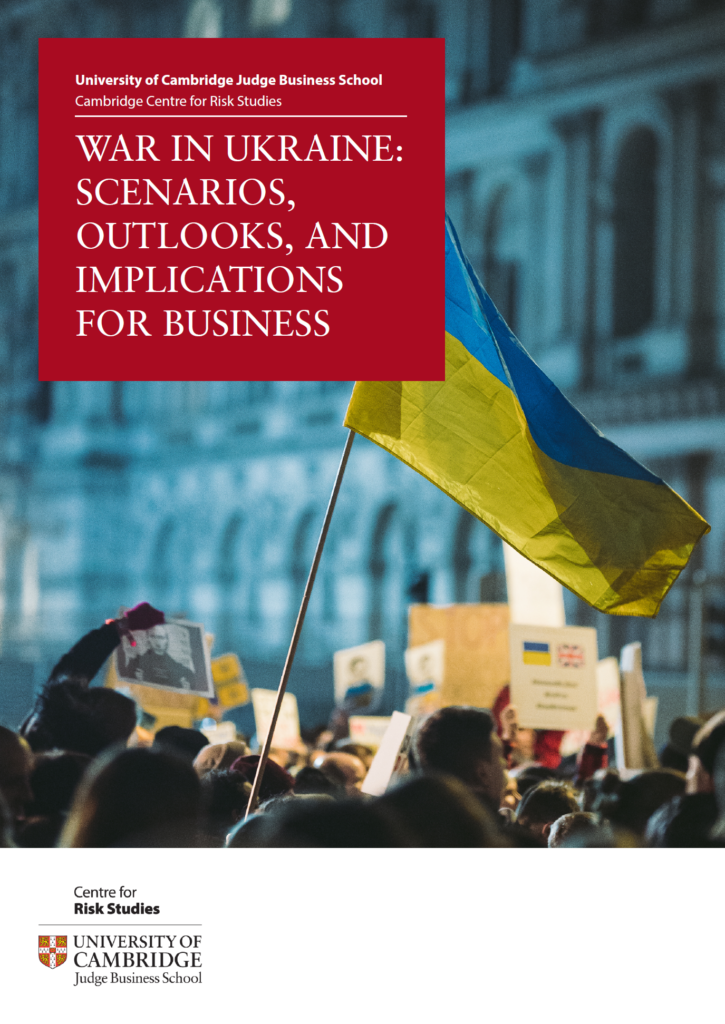
Russia’s attack on Ukraine has continued to intensify in and around all major Ukrainian cities as Putin moved almost all the forces he had positioned at the border into the country while the use of artillery, rockets, and missiles to attack cities increased steadily over the past weeks. Still, while Russian forces continue to attempt to encircle Kyiv from its western and eastern outskirts, efforts to replace combat losses and deploy additional reinforcements forward are unlikely to enable them to successfully resume major operations around the capital any time soon. On the contrary, Ukrainian forces have reclaimed some ground around Bovary to the east of the capital and remain in control of large areas in its southern periphery.
In the South of the country, although their advance has now significantly slowed following initially rapid gains – with their main goal being the creation of a land corridor between Crimea and the Russia-backed eastern territories – Russian forces continue to make steady progress around the city of Mariupol. But up in the north and north-east their advance continues to be frustrated by Ukrainian resistance. With the initial aspirations for a quick victory now gone completely, Russia’s new objective may seem to have shifted toward winning Ukraine’s resistance in the east in the hope that Kyiv will surrender its eastern regions in exchange for the end of the war.
However, the contrasts between the southern and northern fronts should not mislead nor cause underestimation of the overall Russian campaign design for Ukraine. The fall of Kyiv remains a key goal and a limited Russian victory in the south alone would still have massive implications for Ukraine, stifling the country’s economy while limiting access to western aid flows and weighing heavily on any future peace negotiations. In this sense, the stalemate around Kyiv is more a reflection of the difficulties of Russian forces to take the capital rather than any meaningful shift in their objectives for the conflict.
At the same time, while fighting on the ground intensifies with the possibility of further escalation, multinational efforts to equip the Ukrainian military with anti-tank and anti-aircraft missiles to defend against Russian invaders proceed at high speed while NATO troops have repositioned along the Alliance’s eastern flank. But above all, Western economic response – as promised – has been astonishing, and world leaders vow to further punish Russia by continuing to raise the costs of its invasion through wide and deep sanctions for as long as necessary. Therefore, given the scope and severity of sanctions as well as the size of the target – in addition to the tragic human toll – the political, security, and economic consequences of the war stretch well beyond the battleground and will likely reverberate in the global economy for years.
Although the situation in Ukraine remains fluid and the outlook is subject to extraordinary uncertainty, visualizing the war’s possible multiple trajectories and outcomes can help navigating such consequences.
A new report by the Centre for Risk Studies at the University of Cambridge Judge Business School, War in Ukraine: Scenarios, Outlooks, and Implications for Business, provides a series of plausible scenarios resulting from the current situation in Ukraine, along with conservative forecasts and a recommendation on the key impacts on multi-nationals and other majors macroeconomic variables. Download and read the report here (.pdf).




Leave a Reply